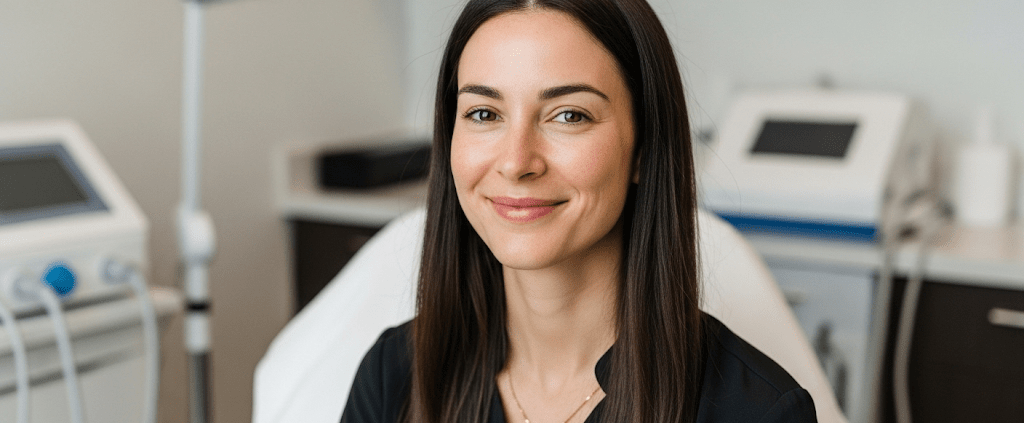Can PRP for Under Eyes Really Eliminate Those Dark Circles?
Feeling like you look tired even after a full night of sleep can be frustrating. Dark circles and hollowing under the eyes are among the most common concerns I hear in consultation.
If you are exploring platelet‑rich plasma, or PRP, for the under‑eye area, you are not alone. PRP is a regenerative treatment that uses a small sample of your own blood to concentrate growth factors that support tissue repair and collagen production.
Many patients like that it is natural, personalized, and focused on improving skin quality over time.
Below, we will explain what causes under‑eye darkness, how PRP works, what results you can expect, and how PRP compares with other options.
Our goal is to help you make a confident and well‑informed choice.
Why do dark circles appear in the first place?
Darkness under the eyes rarely has a single cause.
Most patients have a mix of factors:
- Thin skin and visible vessels. The eyelid skin is the thinnest on the face. As the dermis thins, blue‑purple vessels and underlying structures show through more easily.
- Loss of volume. With time, we all lose supportive fat and collagen, creating a groove called the tear trough. The shadow from that hollow can make the area look darker even if pigment is normal.
- Pigment and inflammation. Genetics, eczema, allergies, and rubbing the eyes can all increase melanin in the skin, which deepens brown coloration.
- Fluid retention. Puffiness from allergies or salt intake can sit next to a hollow and exaggerate contrast.
Lifestyle and health. Poor sleep, stress, smoking, and sun exposure break down collagen and worsen discoloration.
Because more than one factor is usually involved, the most effective plans often blend therapies and good daily care.
What exactly is PRP and how can it help the under‑eye area?
PRP is created by drawing a small amount of your blood and spinning it in a centrifuge to separate and concentrate platelets. Platelets contain a rich library of growth factors and signaling proteins. When placed into targeted tissue, these factors can support:
- Collagen and elastin synthesis for firmer, thicker skin.
- Improved microcirculation that may reduce the appearance of bluish tones from visible vessels.
- Healthier extracellular matrix, which can soften fine lines and crepiness.
PRP does not bleach pigment, and it does not act as a filler. Instead, it works with your own biology to improve the quality of the tissue that is already there.
Can PRP really eliminate dark circles?
It is important to set realistic expectations. PRP can significantly improve under‑eye darkness when thin skin and texture changes are major contributors. You may see brighter skin, fewer fine lines, and less of the translucent blue‑purple cast.
If your darkness is mainly due to deep hollows or true brown pigmentation, PRP alone may not fully erase the issue. In those cases, we often combine PRP with volume restoration or targeted pigment care for the most complete outcome.
Think of PRP as a powerful foundation builder. By thickening and strengthening delicate eyelid skin, it helps the area look more refreshed and less shadowed. Many patients are pleased with the change and enjoy that it looks natural and not “done.”
Who is a good candidate?
You may be a strong candidate for PRP under the eyes if you:
- Notice blue‑purple discoloration that worsens with fatigue.
- See crepiness or fine lines with very thin skin.
- Prefer a natural, autologous treatment that uses your own biology.
- Are comfortable with gradual improvement over a series rather than an instant change.
If hollowing is your main concern, filler placed with advanced technique may be the key step, sometimes paired with PRP for skin quality.
What happens during treatment?
- Consultation and plan. We examine the anatomy of your lower lids, discuss goals, and decide if PRP, filler, or a combination will best serve you.
- Blood draw. A small tube of blood is collected, usually less than a standard lab draw.
- Processing. The sample is spun in a medical centrifuge to concentrate platelets.
- Application. After cleansing and numbing, PRP is carefully placed with micro‑injections or micro‑needling along the lower lids and tear trough region.
- Post care. You may experience mild swelling, tenderness, or a small bruise. These changes are temporary and typically resolve in a few days.
How many sessions will I need and when will I see results?
Most patients do best with a series of three sessions spaced about four to six weeks apart. Subtle improvement can be seen within weeks as the tissue responds, with continued gains over several months.
Many patients schedule a maintenance session one or two times per year to sustain results.
How long do results last?
Because PRP builds your own collagen, improvement often looks very natural and can be long‑lived. Skin continues to age, so the changes are not permanent, but many patients enjoy brighter, smoother under‑eyes for six to twelve monthsor longer, especially when they follow a thoughtful skin care routine and sun protection.
Safety, side effects, and downtime
PRP is autologous, which means it comes from you. That decreases the risk of allergy. Expected effects include temporary swelling, redness, and occasional bruising. Rarely, some patients experience prolonged puffiness for a few days.
You can usually return to normal activity the next day. As with any injection near the eyes, treatment should be performed by experienced clinicians using meticulous technique.
PRP alone or PRP with filler?
PRP improves the quality of skin. Filler restores structure and support when a true hollow casts a shadow. Many of our happiest patients combine the two in a personalized sequence.
We may place a small, conservative amount of filler to lift a hollow, then use PRP in following visits to refine the skin and brighten the area.
Explore all of our under‑eye injectables options.
What about skincare, lasers, or peels for pigment?
If brown pigment is a major contributor, we will add treatments that address melanin directly. Medical‑grade brightening skincare, gentle peels, or light‑based therapies can help when chosen carefully for the delicate eyelid area. Sunscreen and avoidance of rubbing are essential. We will guide you to options that are safe for the lower lids and match your skin type.
Preparing for your first PRP visit
- Arrive well‑hydrated. Good hydration helps us collect an ideal sample.
- Pause blood‑thinning supplements if your primary provider approves. Fish oil, high‑dose vitamin E, and certain herbs can increase bruising. Do not stop prescribed medications without guidance.
- Avoid alcohol the day before and heavy workouts the day of treatment.
- Come with clean skin and no eye makeup.
Aftercare tips for the best outcome
- Expect mild swelling a day or two. Cool compresses and sleeping with your head elevated can help.
- Skip retinoids and exfoliants around the eyes for several days.
- Protect the area from the sun with sunglasses and mineral sunscreen.
- Keep follow‑up visits as scheduled. PRP results build with a series.
Frequently asked questions
Will PRP make me look puffy?
Most patients experience only short‑term swelling. If you tend to retain fluid, we can adjust technique and post‑care to minimize this. Sleeping with your head elevated and avoiding salty foods for a day or two helps.
Is PRP painful?
Discomfort is typically mild. We use topical numbing and very small needles. Treatments are quick, and most people tolerate them well.
Can I do PRP if I have filler already?
Yes. PRP can be used to enhance skin quality in an area that has been conservatively filled. We will examine the area first and tailor timing and placement to your anatomy.
Is there any patient who should avoid PRP?
Patients with active infection, certain blood disorders, or who are pregnant should postpone treatment. We will review your medical history to keep you safe.
How do I choose between PRP and filler first?
If you mainly notice crepiness and bluish tones through thin skin, PRP first is often wise. If a deep groove is the dominant feature, a small amount of filler may come first, followed by PRP. We will evaluate your under‑eye structure together and design the sequence that makes the most sense.
A realistic outlook
PRP is not a magic eraser, but it can be a powerful, natural way to brighten and refresh the delicate under‑eye region. By focusing on skin health and collagen support, it often softens the appearance of darkness and fine lines in a way that looks authentic to you.
When combined thoughtfully with volume restoration or pigment care, results can be even more satisfying.
Ready to talk about your under‑eyes?
We would be honored to evaluate your unique anatomy and craft a plan that fits your goals, timeline, and comfort level.
Explore our treatment options here:
When you are ready, schedule your consultation here. We look forward to caring for you.




